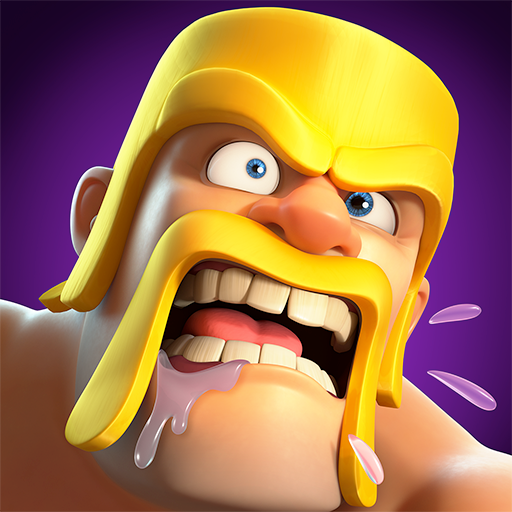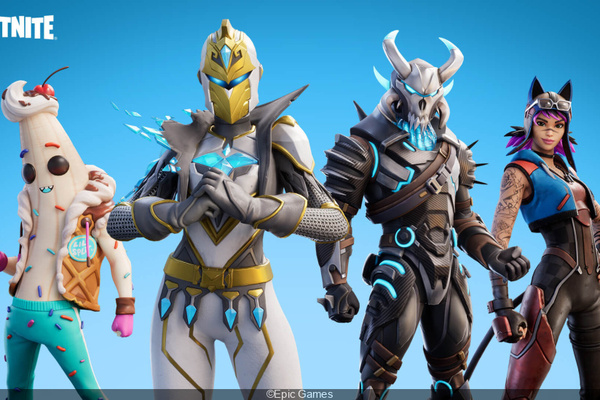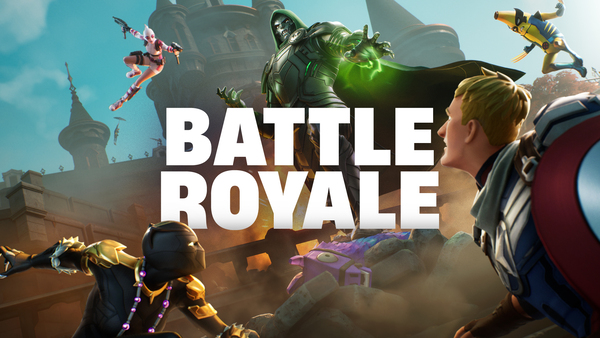
Fortnite

Grand Theft Auto: San Andreas

Minecraft

FIFA Soccer

Grand Theft Auto: Vice City

Grand Theft Auto III

Poppy Playtime Chapter 1

Poppy Playtime Chapter 2

Magic Tiles 3

Scary Teacher 3D

Subway Surfers

Geometry Dash

Among us

slither.io

Temple Run 2

Stickman Hook

Toca Life World

Moto X3M Bike Race Game

Garena Free Fire: Winterlands

DRAGON BALL LEGENDS

Candy Crush Saga

Call of Duty Mobile

Bloons TD 6

CSR 2 Realistic Drag Racing

Hay Day

Plants vs. Zombies

PUBG MOBILE

Hitman Sniper

Five Nights at Freddy’s 4

Evony: The King’s Return

Need for Speed Most Wanted

Need for Speed No Limits

Five Nights at Freddy’s

Super Mario Run

Dead Cells

Gacha Life

Pokémon GO

Township

Plants vs. Zombies 2

Tiles Hop: EDM Rush!

Granny 3

Talking Tom Gold Run

Toca Life: Hospital

Sonic Dash

Gardenscapes

Five Nights at Freddy’s 3

Five Nights at Freddy’s 2

Candy Crush Soda Saga

Clash of Clans

DRAGON BALL Z DOKKAN BATTLE

League of Legends: Wild Rift

Pokémon GO

Star Wars™: Galaxy of Heroe

Asphalt 9: Legends

Bubble Witch 3 Saga

Geometry Dash

Hill Climb Racing

Hill Climb Racing 2

Mafia City

Star Trek™ Fleet Command
Advertisement

Disclaimers. The mobile game and app download address is from the official app marketplace of iOS App Store and Google Play. It has been checked for security and does not contain viruses or malware.
Platform:
File Size:
Current Version:
Updated Time:
Developer:
Content Rating:
“Fortnite,” developed by Epic Games, revolutionized the battle royale genre with its unique blend of shooting and building mechanics. Since its release in 2017, the game’s building mechanics have become a defining feature, setting it apart from other battle royales. However, these mechanics have also introduced a range of issues, particularly in competitive play. This article delves into the complexities of “Fortnite’s” building mechanics, exploring their evolution, the challenges they pose, and their effects on the competitive scene.

When “Fortnite” was first released, its building mechanics were a novel addition to the battle royale genre. Players could construct structures for defense, high ground advantage, and strategic positioning. This innovation quickly became a core aspect of gameplay, allowing for creative strategies and dynamic engagements.
Initially, players embraced the building mechanics as an exciting new feature that added depth to the game. The ability to quickly erect walls and ramps provided a unique tactical advantage, setting “Fortnite” apart from competitors like PUBG and Apex Legends. This novelty contributed to the game’s rapid growth in popularity.
In the early competitive scene, building mechanics began to shape strategies and outcomes of matches. Skilled players could outmaneuver opponents through advanced building techniques, creating a new layer of skill and strategy. However, this also started to highlight the disparities in player skill and experience with building.
As players became more familiar with the building mechanics, advanced techniques emerged. These techniques, such as 90s and high-ground retakes, became integral to competitive play. They allowed players to dominate fights and control engagements more effectively, further defining the competitive meta.
Advanced techniques such as 90s—rapidly rotating and building walls and ramps to gain high ground—required exceptional reflexes and practice. These techniques significantly impacted the skill gap between players, with those mastering them gaining a substantial advantage. The complexity also led to frustration among players who struggled to keep up.

The rise of advanced building techniques contributed to an imbalance in gameplay. Players who excelled in building could often outmatch those who focused on shooting or other aspects of the game. This imbalance prompted discussions about whether the building mechanics were hindering or enhancing the overall competitive experience.
As building mechanics continued to influence competitive play, the community began to voice concerns about their impact. Players and professional gamers provided feedback on how building was affecting the fairness and enjoyment of the game.
Players expressed concerns that building mechanics were overshadowing other aspects of the game, such as shooting and strategy. The perception that building was the primary determinant of success led to calls for adjustments to ensure a more balanced and inclusive competitive environment.
In response to community feedback, Epic Games made several adjustments to the building mechanics. These included changes to building speed, resource costs, and the addition of new features to balance building with other gameplay elements. These actions aimed to address the concerns while maintaining the core appeal of the building system.
The influence of building mechanics extends significantly into professional tournaments. The strategies and techniques developed around building have become central to competitive play, shaping the outcomes of major events and influencing tournament formats.
In professional tournaments, building strategies often dictate the flow of matches. Teams and players develop intricate strategies based on their building skills, leading to highly competitive and dynamic gameplay. However, this reliance on building can sometimes overshadow other aspects of player skill and team coordination.
To address the dominance of building mechanics, some tournaments have introduced rules and formats designed to mitigate their impact. These adjustments include restrictions on building materials, limited building options, or alternative modes that emphasize different aspects of gameplay.
A key challenge in “Fortnite” is balancing building mechanics with shooting skills. Ideally, the game should reward both building prowess and shooting accuracy, ensuring that neither aspect dominates the gameplay.
Epic Games has implemented various changes to balance building with shooting. These include adjustments to weapon effectiveness, building materials, and building speed. The goal is to ensure that players who excel in both building and shooting are rewarded, rather than those who excel in just one aspect.
Achieving a perfect balance between building and shooting remains a challenge. Changes to one aspect often have unintended consequences on the other, leading to a continuous cycle of adjustments and fine-tuning. This balancing act requires ongoing evaluation and feedback from the community.
Training and practice play a crucial role in mastering “Fortnite’s” building mechanics. The ability to build quickly and efficiently can significantly impact a player’s success, making practice an essential component of competitive play.
Players use various training techniques to improve their building skills, including practice maps, drills, and tutorials. These resources help players refine their techniques and develop faster reaction times, contributing to their overall performance in matches.
The emphasis on building skills can create a steep learning curve for new players. Those who struggle with building may find it challenging to compete against more experienced players, affecting their overall enjoyment of the game. This disparity highlights the need for continued efforts to balance building with other aspects of gameplay.
Looking ahead, the future of building mechanics in “Fortnite” will likely involve ongoing adjustments and innovations. Epic Games must navigate the challenge of evolving the game while preserving the unique aspects of building that define it.

Future updates may include new building mechanics, adjustments to existing systems, or entirely new features that impact how building is used in the game. These changes will aim to address current issues and enhance the overall competitive experience.
Continued community involvement will be essential in shaping the future of building mechanics. Player feedback and competitive insights will guide developers in making informed decisions about future updates and balancing efforts.
The building mechanics in “Fortnite” have fundamentally shaped the game’s competitive landscape. While they have introduced innovative gameplay elements and strategies, they have also created challenges related to balance and fairness. The ongoing evolution of these mechanics reflects the need to address community feedback and adapt to the changing competitive environment. As “Fortnite” continues to grow, balancing building with other aspects of gameplay will remain a crucial focus for Epic Games, ensuring that the game remains enjoyable and competitive for all players.